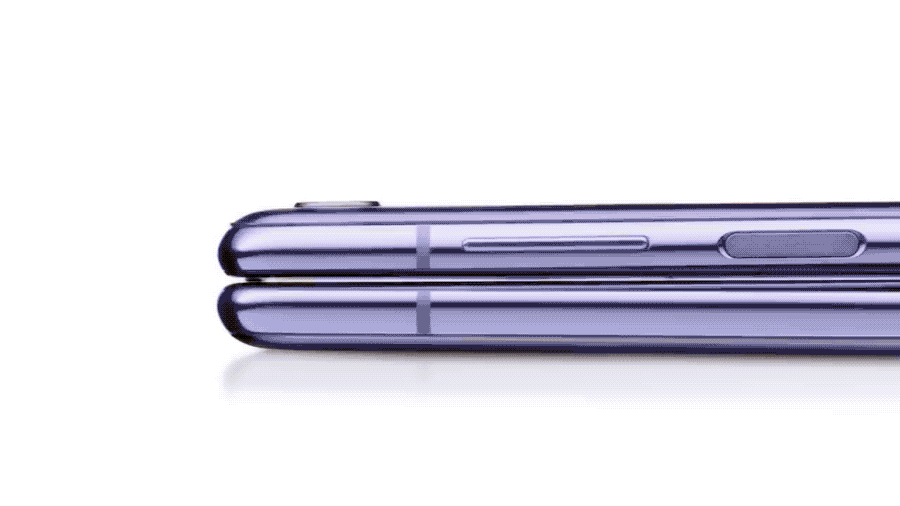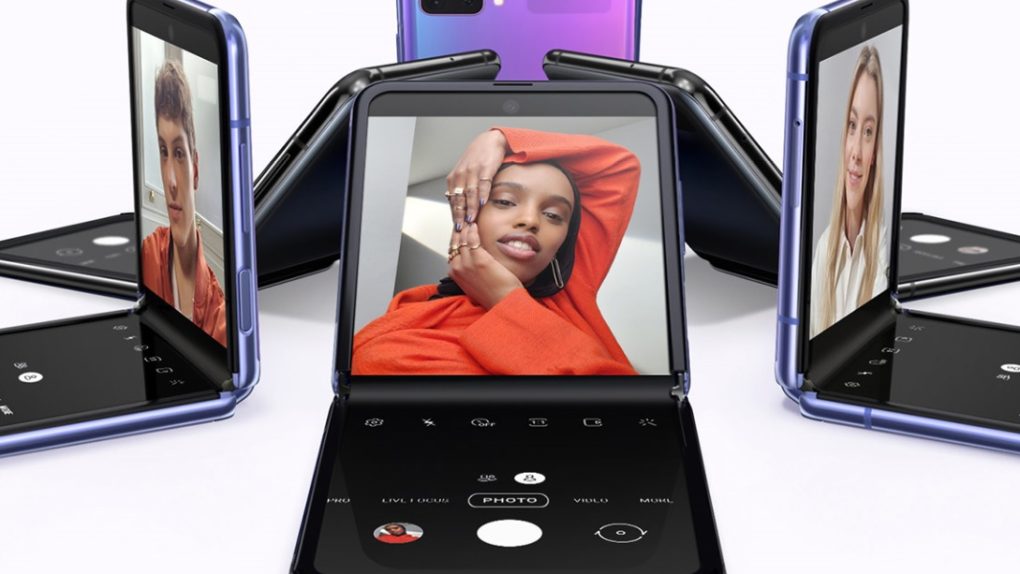Several leaks said that Samsung would use a special Ultra-Thin Glass (UTG) on top of the Galaxy Z Flip’s OLED screen instead of plastic, and Samsung confirmed it all on stage last week during its first Unpacked event of the year. The Z Flip is Samsung’s first foldable that features a foldable glass display, which is a significant milestone for foldable devices. But now that the Z Flip has reached consumers, the first screen durability tests are out, and they don’t paint a pretty picture. The Galaxy Z Flip seems to be just as prone to scratching and piercing as its predecessor, according to a recent video. Moreover, videos emerged of Z Flip units that cracked at the crease right out of the box, which is definitely not what you’d want from your foldable phone. However, it’s not all bad news as Samsung’s UTG isn’t just marketing. The Galaxy Fold’s successor has a much better build quality, and there’s a reason why that screen is still susceptible to damage.
It all started with JerryRigEverything’s Zack Nelson, who put the Galaxy Z Flip through the same durability test we’ve seen other mobile devices go through. One of the tests includes scratching the screen with the help of several Mohs picks to determine the hardness of the surface. Glass would scratch at around 6, while plastic scratches much sooner, at 2 or 3. The Galaxy Z Flip screen showed scratches that suggested the screen is made of plastic, not glass. The YouTuber then showed you can easily scratch the screen with your fingernails, just as it was the case with the Fold. The screen can also be pierced with relative ease, which results in permanent damage to the pixels. Nelson questioned Samsung’s UTG claims, saying that the foldable screen might not be made of glass. Instead, Samsung may have used a plastic polymer with microscopic bits of glass into it for the Z Flip screen — here’s Nelson’s full video:
Samsung, meanwhile, told The Verge that the screen is made of glass. But, like the Galaxy Fold, it features a plastic, non-removable, layer on top of it, which is the one that would actually scratch:
Galaxy Z Flip features an Infinity Flex Display with Samsung’s Ultra-Thin Glass (UTG) to deliver a sleek, premium look and offer an immersive viewing experience,” a spokesperson said by email. “Samsung’s first-of-its-kind UTG technology is different from other Galaxy flagship devices. While the display does bend, it should be handled with care. Also, Galaxy Z Flip has a protective layer on top of the UTG similar to Galaxy Fold.
Samsung also said that, unlike the Fold, the Galaxy Z Flip can accommodate screen protectors, and that it’ll offer buyers one such free application of a screen protector:
As part of Premier Service, we will offer a one-time free application of a screen protector for the Z Flip at select UBIF [U Break I Fix], Samsung branded locations or by sending it to Samsung Premier Service via mail,” the company added. “The screen protector will be applied by a specialist with the proper equipment to align and apply it. The program is rolling out soon.
The following animation also gives you a look at all the layers that go on top of the OLED screen:

Separately, YouTube channel PBKreviews performed a teardown of the Z Flip well ahead of iFixit and discovered that Samsung’s UTG screen is made of glass. It’s thin and very fragile, and it’ll shatter if you attempt to remove the plastic polymer on top of it. That explains why Nelson was able to pierce through the layers and damage the pixels of the OLED screens. Here’s the clip showing the glass display in action:
That proves Samsung didn’t lie about the phone’s glass screen, and the Z Flip should be a lot more durable than the Fold. Glass can break easily, however, especially at the crease, and you should still handle the Z Flip with care. Even if you do, the screen crease is susceptible to damage that you can’t avoid.
Some early Z Flip buyers took to Twitter to show their screen issues. Here’s someone who experienced a cracked display after unfolding the phone:
Received my Samsung Galaxy Z Flip just now. Opened the box. Removed the protective/instruction film. Flipped the phone as you would do since it’s a flip phone and this happened. I heard the crack as well. 😰 cold weather?#SamsungGalaxy #ZFlip #samsung pic.twitter.com/j8KLL2vm8d
— Amir (@mondoir) February 14, 2020
And someone whose screen started making annoying noises:
uh oh guys pic.twitter.com/RFiKFgFxts
— Quinn Nelson (@SnazzyQ) February 16, 2020
As expected, replacing a broken Z Flip screen will be expensive, at $499 a pop, so better handle it with extra care.








